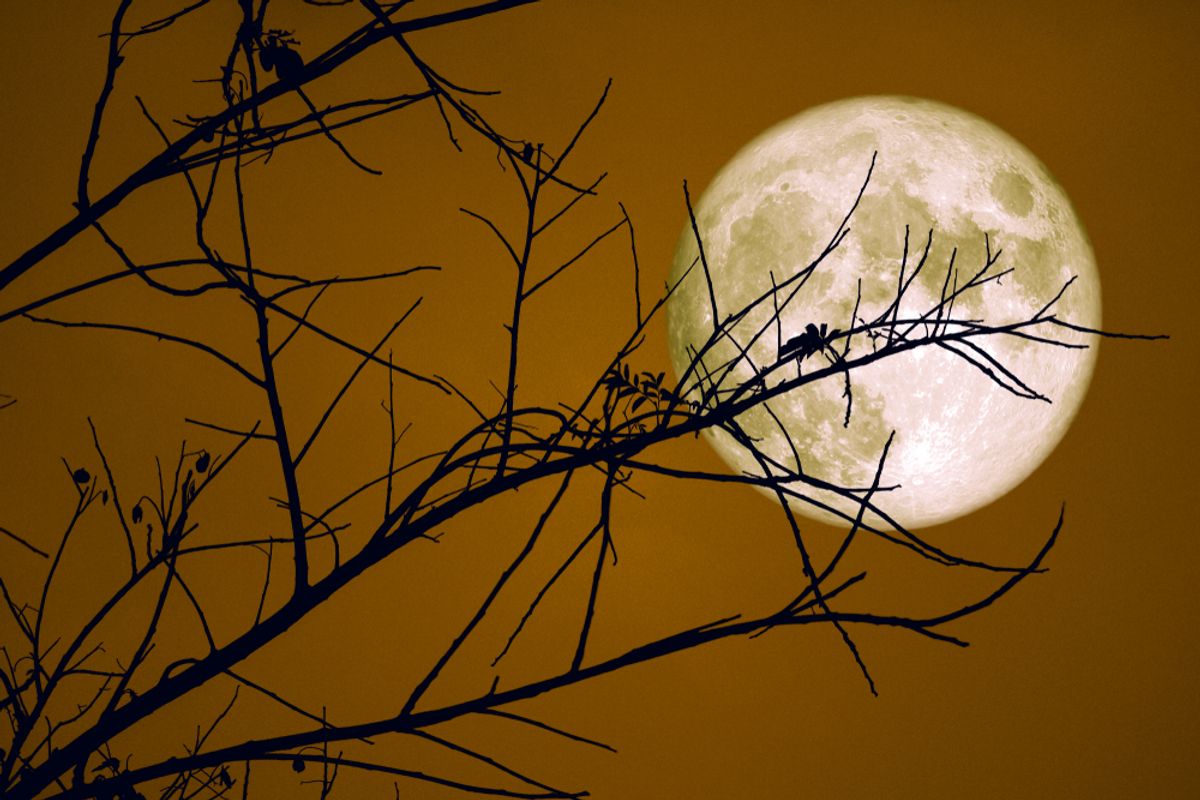The moon will be at its brightest of the year in early November when the Beaver Supermoon appears over the horizon.
This particular supermoon’s brilliance will shine between November 3 to 5, 2025, with the best time to see it being the early morning of November 5, 2025. Although 2025 has a total of eight supermoons, the Beaver supermoon is special since it is the closest full moon to Earth this year. It also occurs in the middle of a supermoon parade – four consecutive months where a supermoon will appear.
Read More: The Moon Is Moving Farther From Earth Each Year, and Tides Are the Reason
Why Is It Called the Beaver Supermoon?
The November supermoon goes by many names, with the two most common being the Hunter’s Moon and the Beaver Moon. These names are usually inspired by or associated with Indigenous cultures or European folklore.
This time of the year signals two important beaver-related activities: the time when beavers start to hunker down in their well-stocked shelters for the winter months and, since they have bulked up for the incoming inclement weather, the time when beavers are often hunted for their pelts.
Even though there are many different names for the November moon, they are all related to November being the time when both animals and humans prepare for the approaching seasonal change. Other names include the Digging Moon, a Tlingit name referencing foraging, and the Whitefish Moon, from the Algonquin, which coincides with this fish species’ spawning season.
What Will the Beaver Supermoon Look Like?
The Beaver supermoon is the closest supermoon to the Earth in 2025, sitting at about 221,817 miles from Earth at its peak. It is this close proximity that makes full moons “super” — not in size, but in brightness.
What makes supermoons special is not their size. A supermoon is technically bigger than the average full moon, but only by about 7 percent, which is not enough of a size change to be noticeable by the untrained eye.
There is a perceptible difference in its color, however, with the Beaver supermoon expected to shine a brilliant orange just in time for the end of Fall.
The orange hue will be most noticeable just as the moon comes up over the horizon around sunset. And the change of color is not just a trick of the eye but is a physical effect brought on by the atmosphere.
Earth’s atmosphere is quite thick along the horizon compared to directly above us. The thicker the atmosphere, the more red light becomes perceptible to the human eye. When the Beaver supermoon sits in that perfect spot, it will glow in brilliant and bright hues of red, orange, and yellow.
Why Do People Think Supermoons Are Big?
The term “supermoon” isn’t that old, only being coined in 1979 by astrologer Richard Nolle. After its creation, the word took off and became part of the pop culture vernacular.
Although frequently used by the average person, “supermoon” is not a word well-loved by astronomers, who often claim the term creates unwarranted hype and leaves people disappointed when the moon doesn’t appear as large as the name suggests.
Even if it doesn’t appear bigger, a supermoon can have big effects. Supermoons can cause higher-than-usual tides known as king tides. These high tides aren’t guaranteed with a supermoon and depend on local coastlines and weather conditions.
Read More: From a Pink Moon to Blue, the Moon’s Colors Aren’t Always Colorful
Article Sources
Our writers at Discovermagazine.com use peer-reviewed studies and high-quality sources for our articles, and our editors review for scientific accuracy and editorial standards. Review the sources used below for this article:

